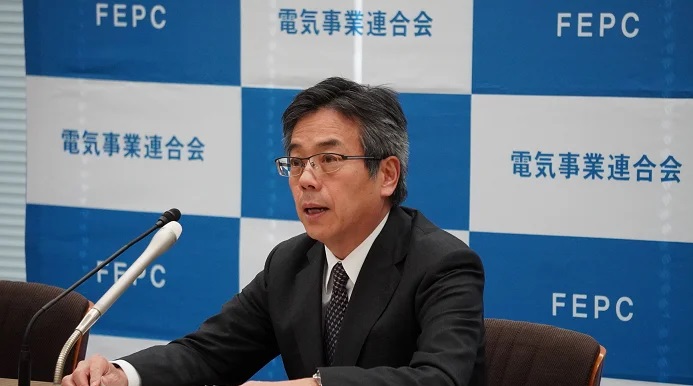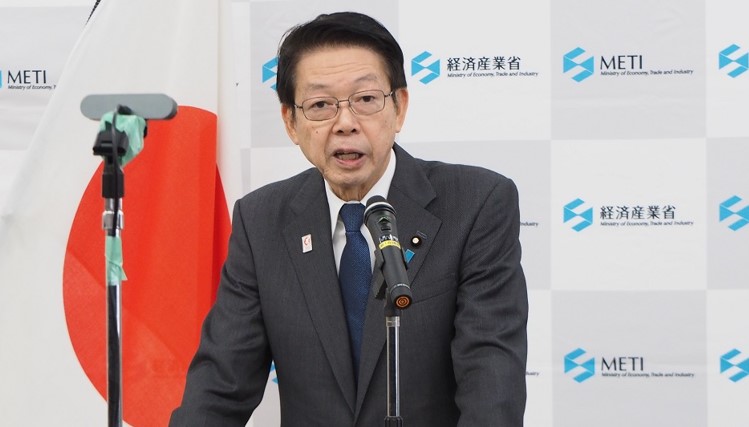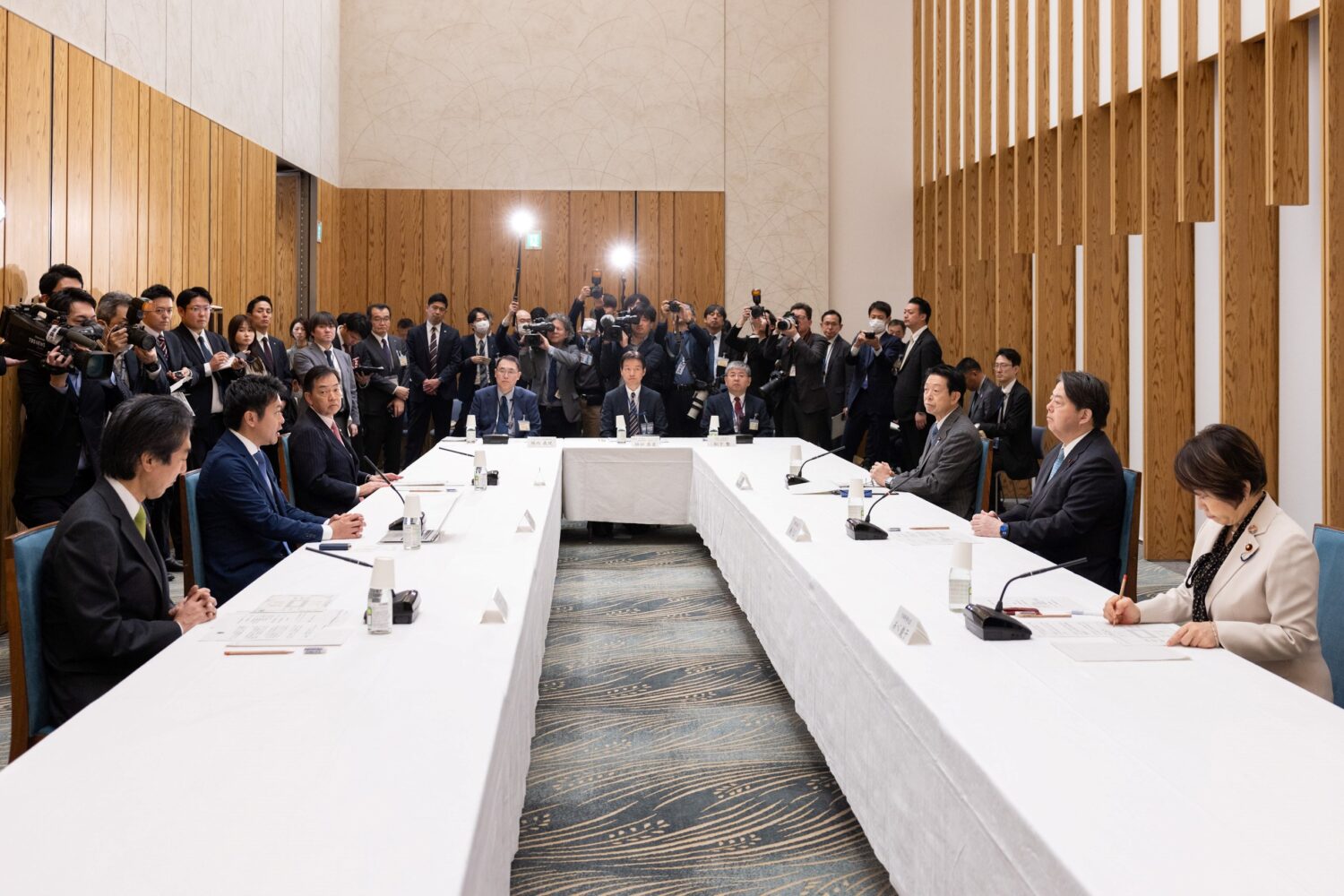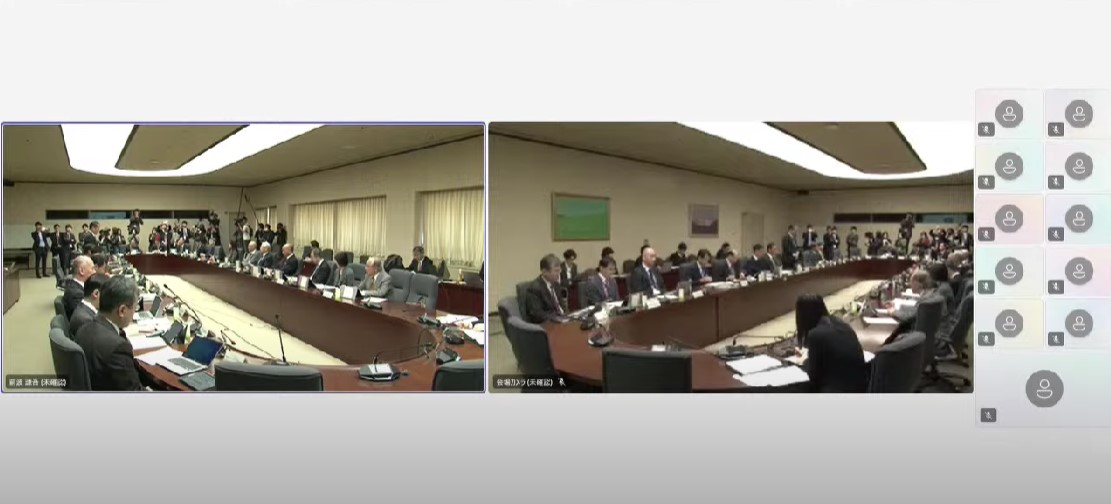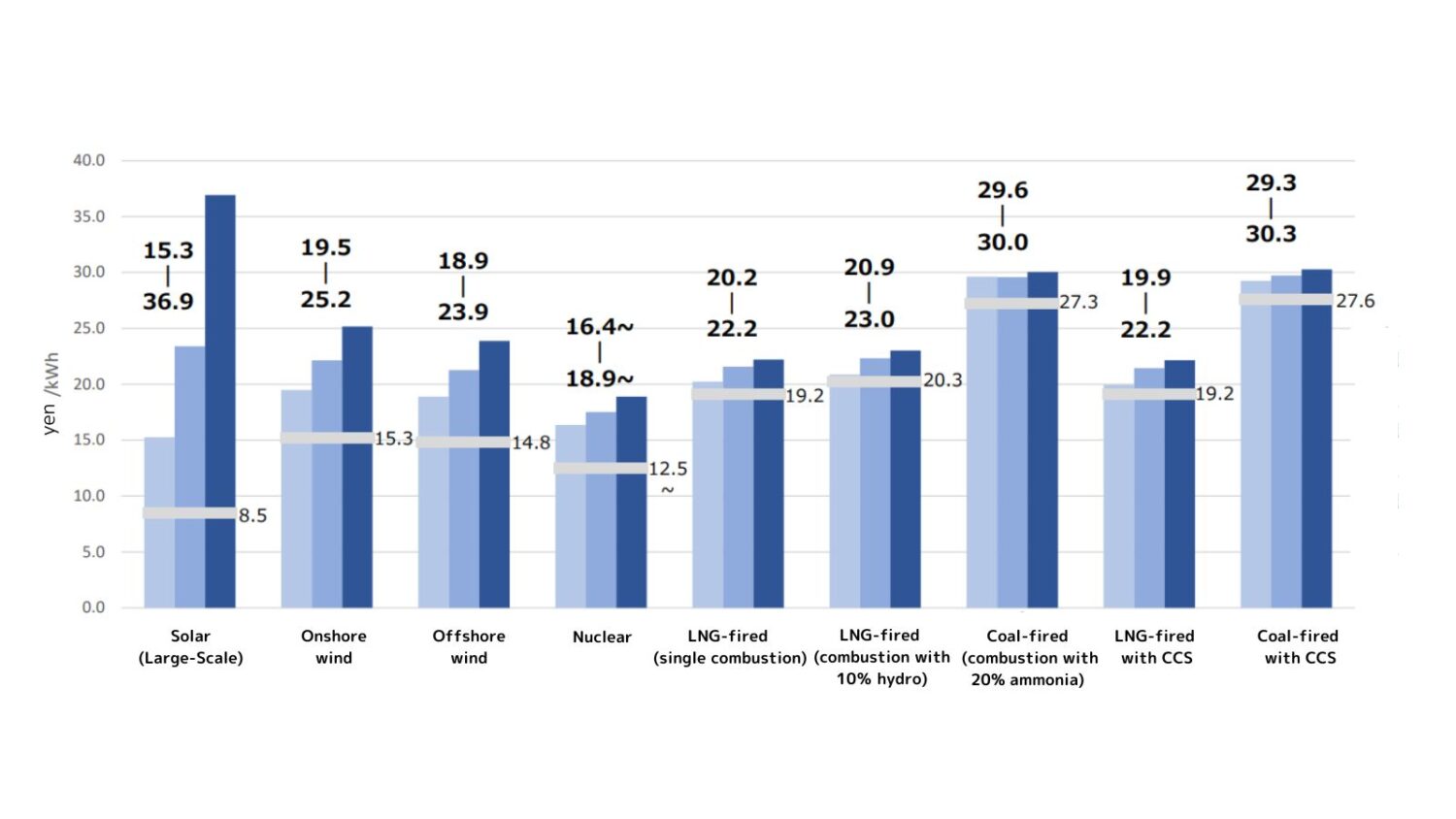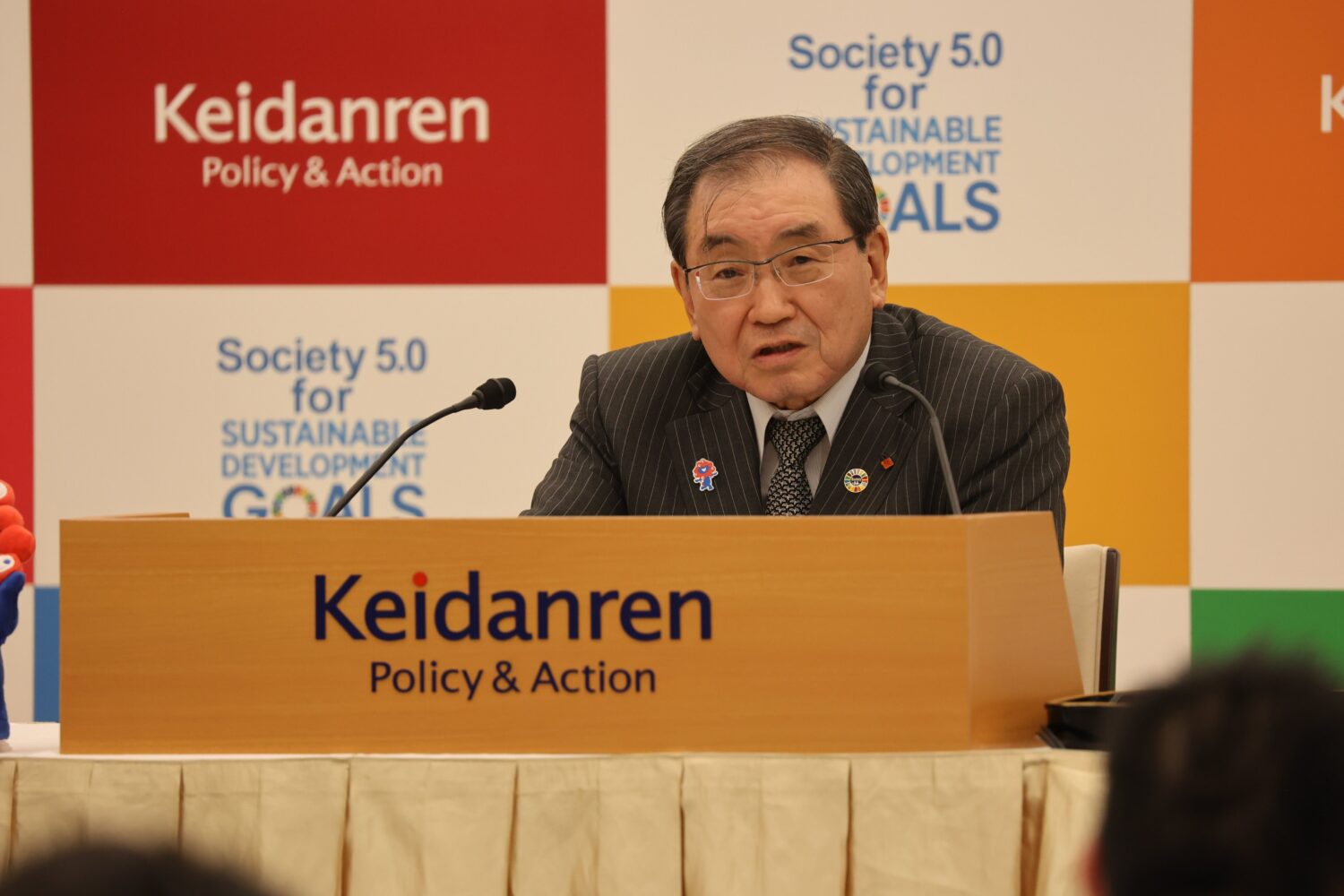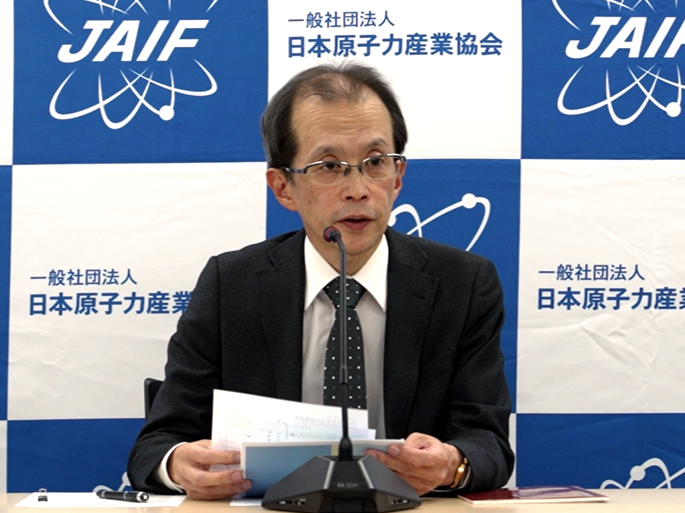On September 12, toward the promotion of nuclear fusion development, the Integrated Innovation Strategy Promotion Council of the Cabinet Office decided to establish an expert panel with participation by industry, and to address a new strategy. The council is chaired by Chief Cabinet Secretary MATSUNO Hirokazu.
At a press conference after a Cabinet meeting on September 13, TAKAICHI Sanae, Minister of State for Science and Technology Policy, stated that the government would address its “policy on promotion”—from R&D to industrial development—and draw up a strategy for Japan in the coming spring.
Regarding international cooperation, including ITER, she expressed her recognition of various movements overseas, saying that international activities were shifting from cooperation to an “age of competition.” She emphasized the importance of Japan’s ensuring technological preeminence through nuclear fusion development, making fusion industrially competitive and able to contribute to energy security in the future.
As for the power-generating ITER prototype, the next phase in the ITER project, Takaichi said that the Working Group for Strategy Development of Advanced Reactors under the Ministry of Education, Culture, Sports, Science and Technology (MEXT) was currently working on it.
On September 13, METI’s separate Working Group for Strategy Development of Advanced Reactors—which included representatives of the Agency for Natural Resources & Energy (ANRE), MEXT, Mitsubishi Heavy Industries (MHI), the Federation of Electric Power Companies of Japan (FEPC) and the Japan Atomic Energy Agency (JAEA)—identified sodium-cooled fast reactors as the “most promising” concept. It suggested the creation of a strategic roadmap for the development of new fast reactors, with the intention of starting the process of basic design, permits and licensing of a demonstration reactor in 2028 or so.
In 2016, the government decided to decommission the prototype fast breeder reactor (FBR) “Monju” (a sodium-cooled fast reactor). In 2018, based on what was presented by METI’s working group, the current strategic roadmap for fast reactor development was issued by an inter-ministerial council.
According to that roadmap, the technology that may be employed will be narrowed down in 2024 and later through cooperation among the national government (which will confirm the feasibility of the policy), JAEA (with its innovative expertise), and electric power companies (the final users). An outlook for commercialization will then be determined in cooperation with the vendors responsible for technological feasibility.
At the working group meeting on September 13, Professor YAMAGUCHI Akira (director of the Nuclear Safety Research Association, or NSRA), who chairs a panel of experts for fast reactor development, explained the results of evaluations of tritium-cooled fast reactors, light-water-cooled fast reactors, and molten-salt-cooled fast reactors, which he presented in terms of the following four evaluation axes:
・ Technological readiness and R&D to be required
・ Marketability when commercialized
・ Specific development systems and international cooperation schemes
・ Regulatory responses when commercialized.
In his explanations, among the aforementioned fast reactors, Yamaguchi estimated that the conceptual design work on sodium-cooled fast reactors was likely to start in 2024, given the high level of readiness of plants important for element technology. Another reason for that early date was that domestic technology and intellectual property have already been accumulated through the design, construction, operation and maintenance of the experimental reactor “Joyo” and the prototype FBR “Monju” which can be efficiently utilized.
In the technology roadmap for developing advanced reactors issued by the Nuclear Energy Subcommittee in August, the target for operating a demonstration fast reactor is mid-2040.





